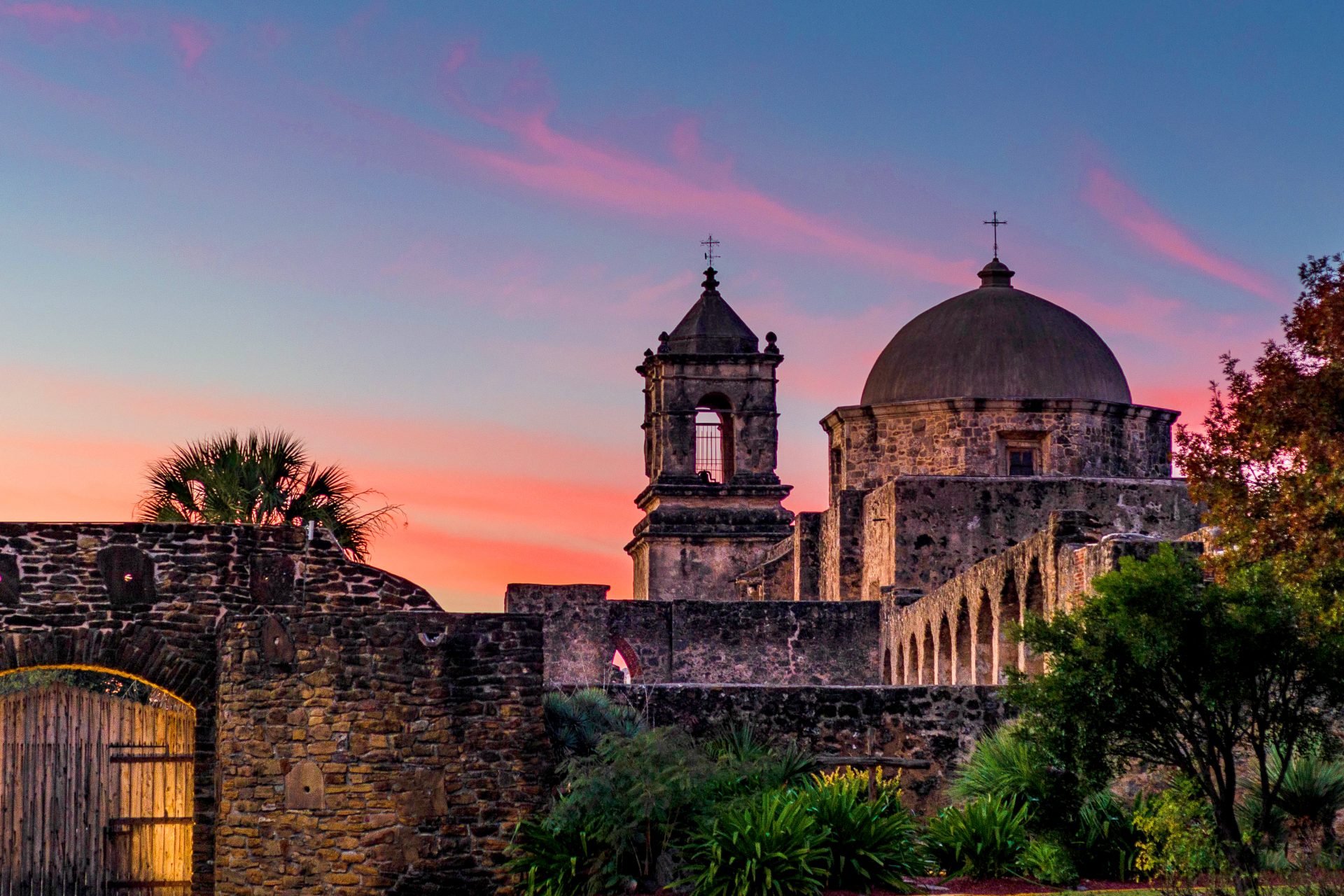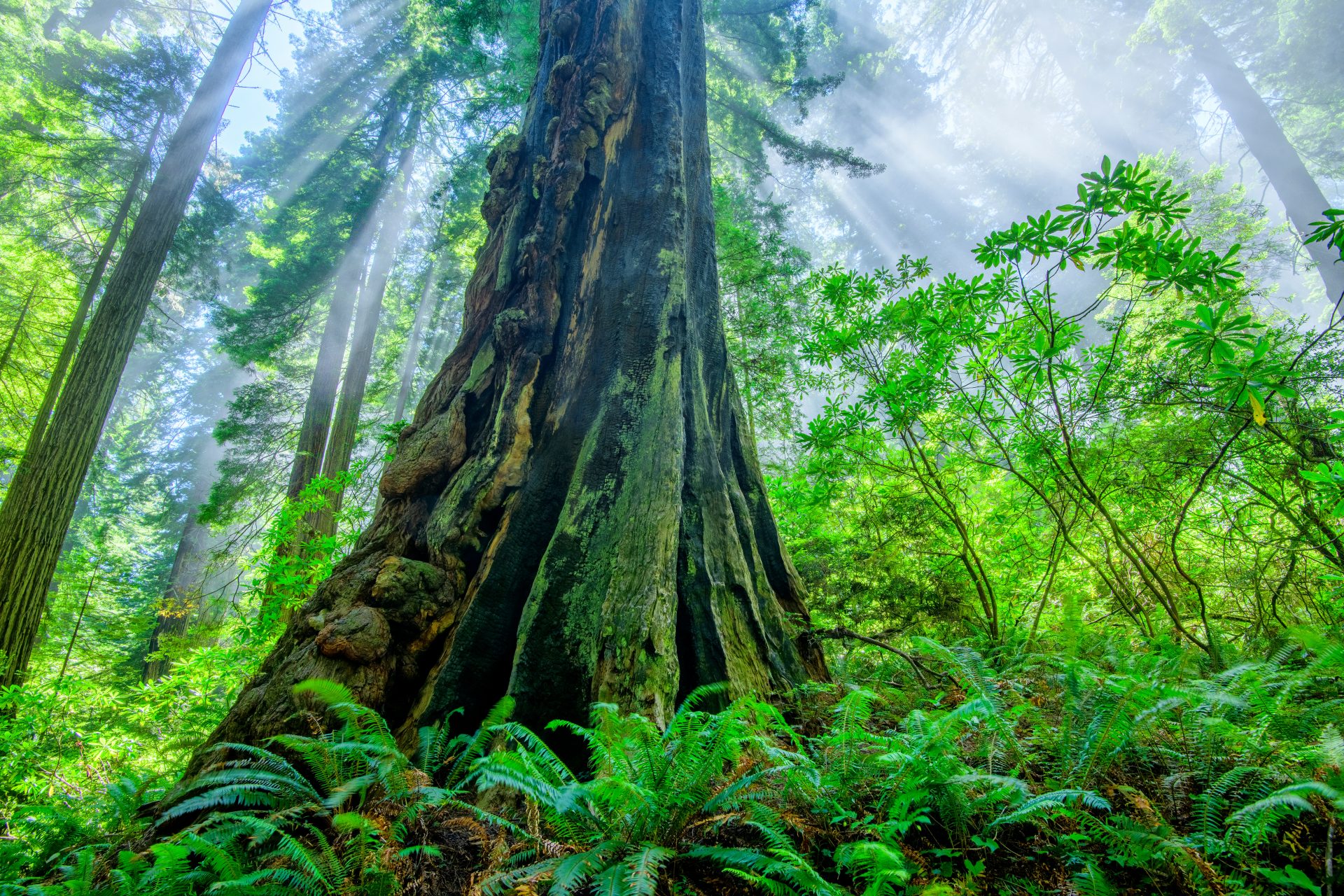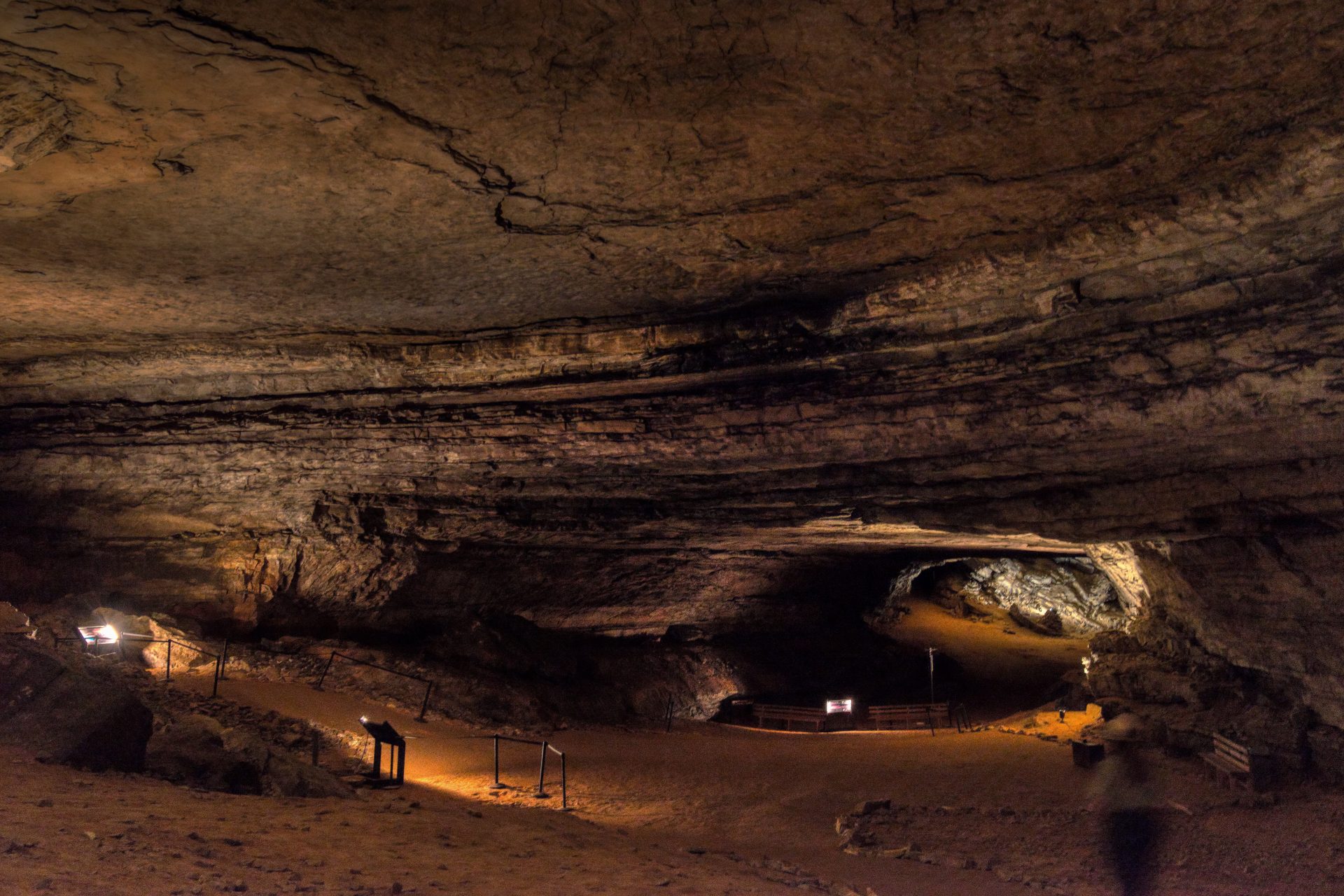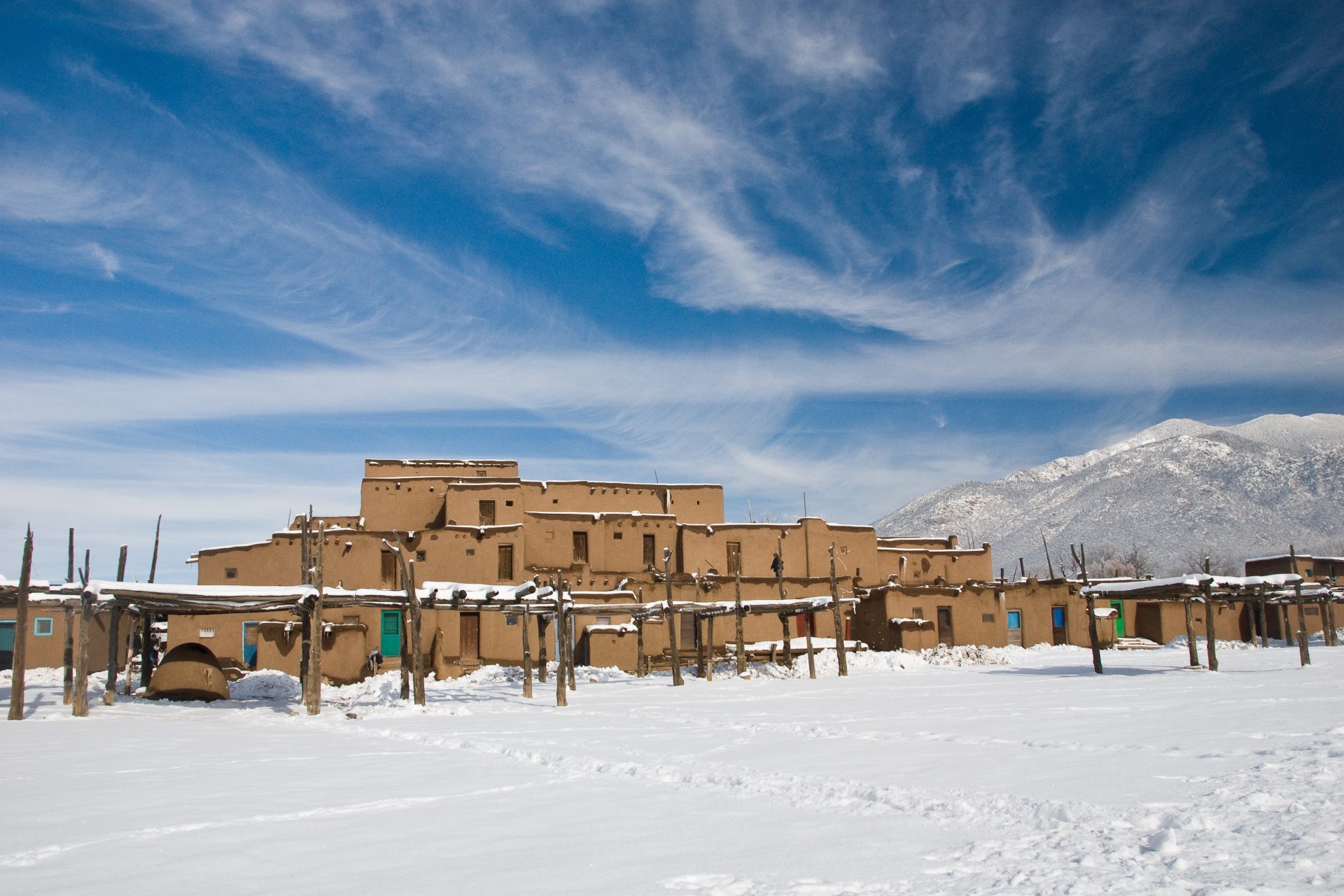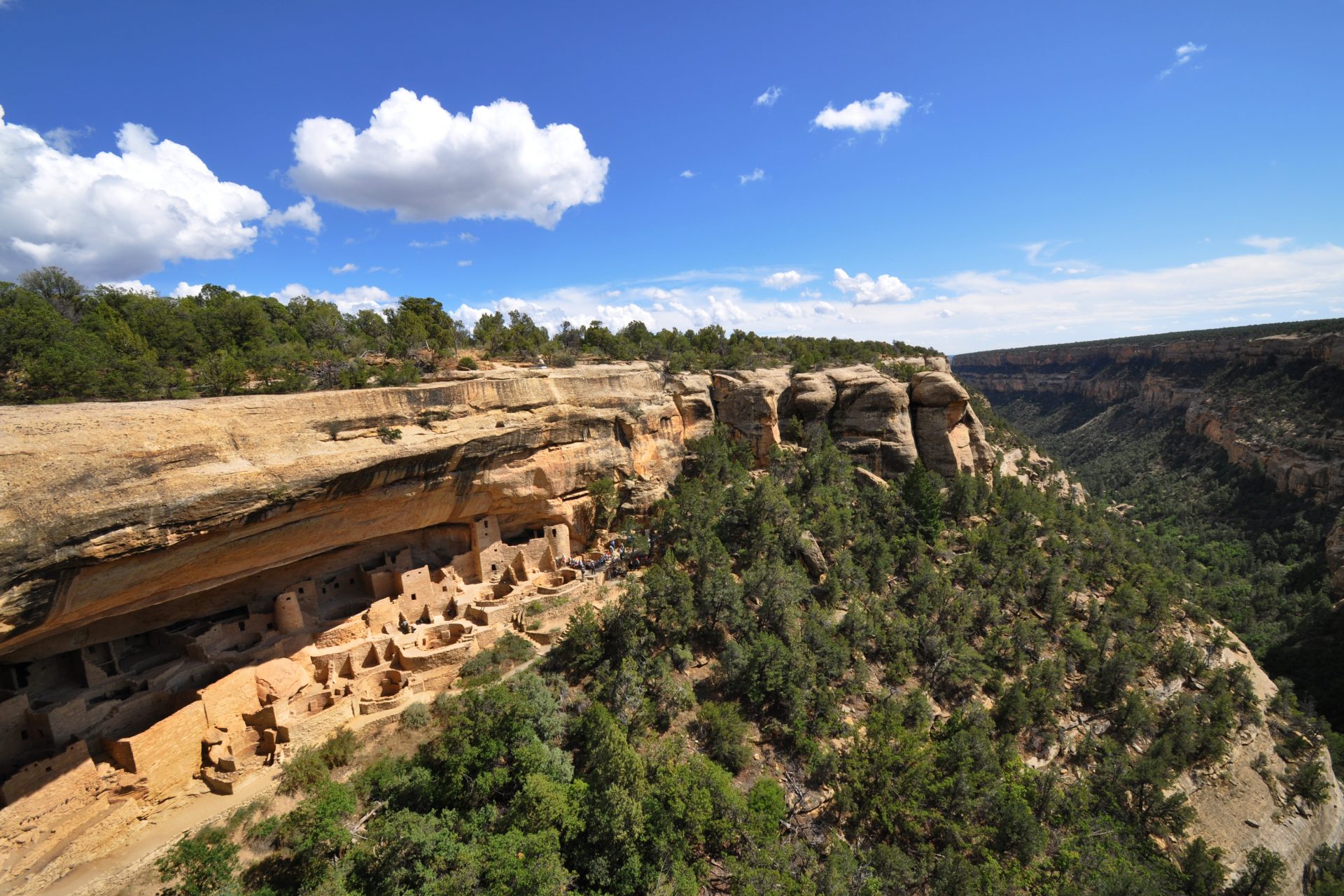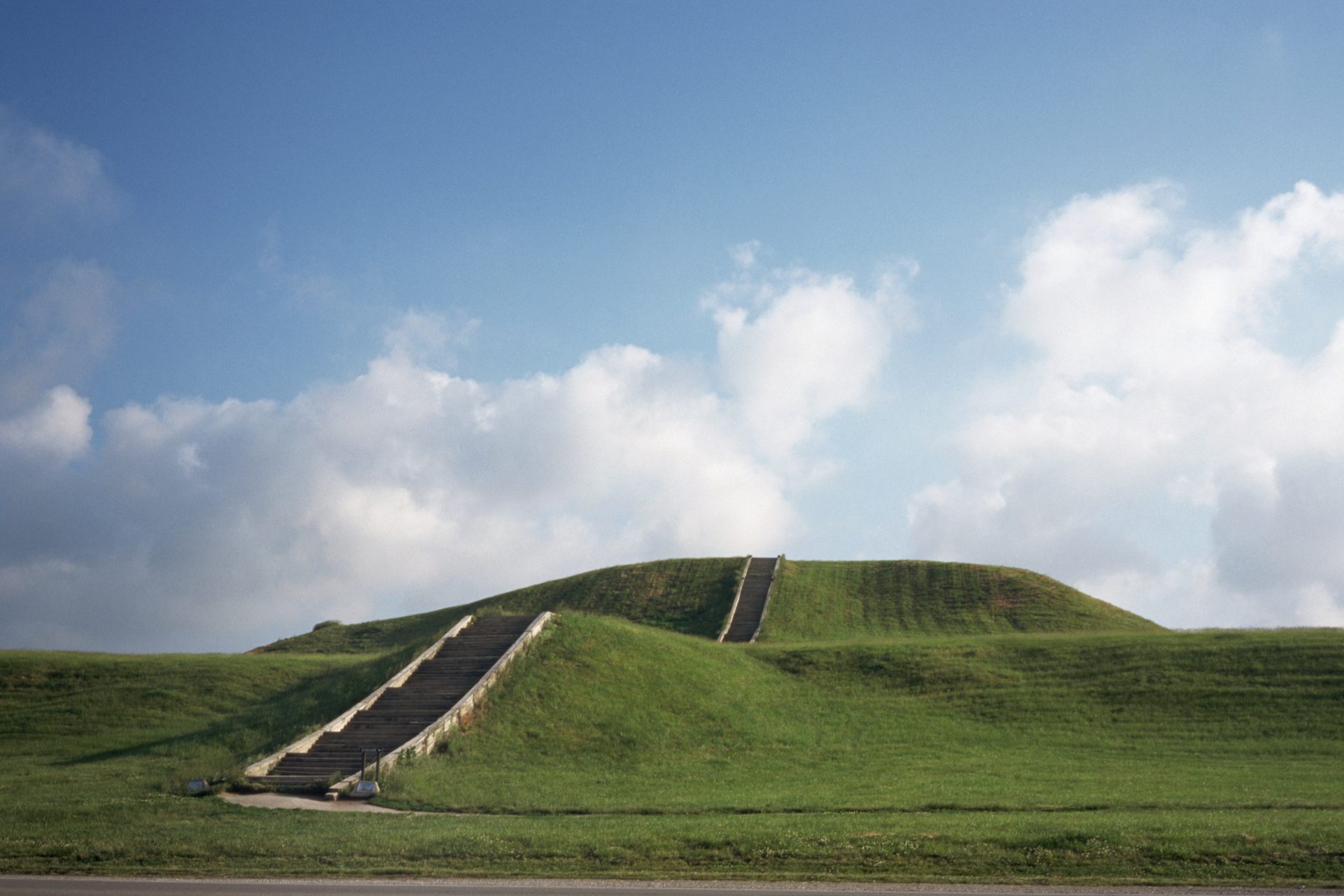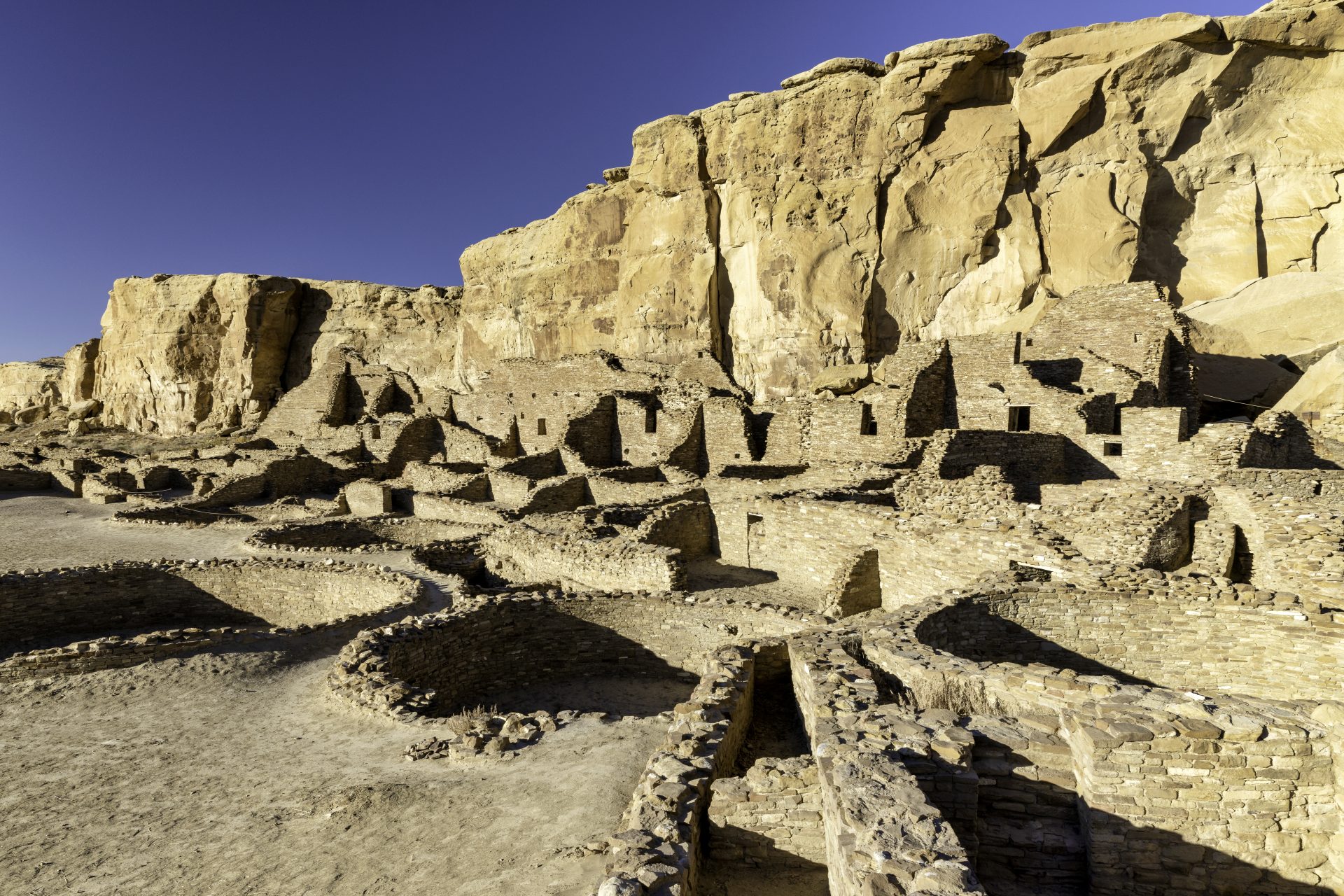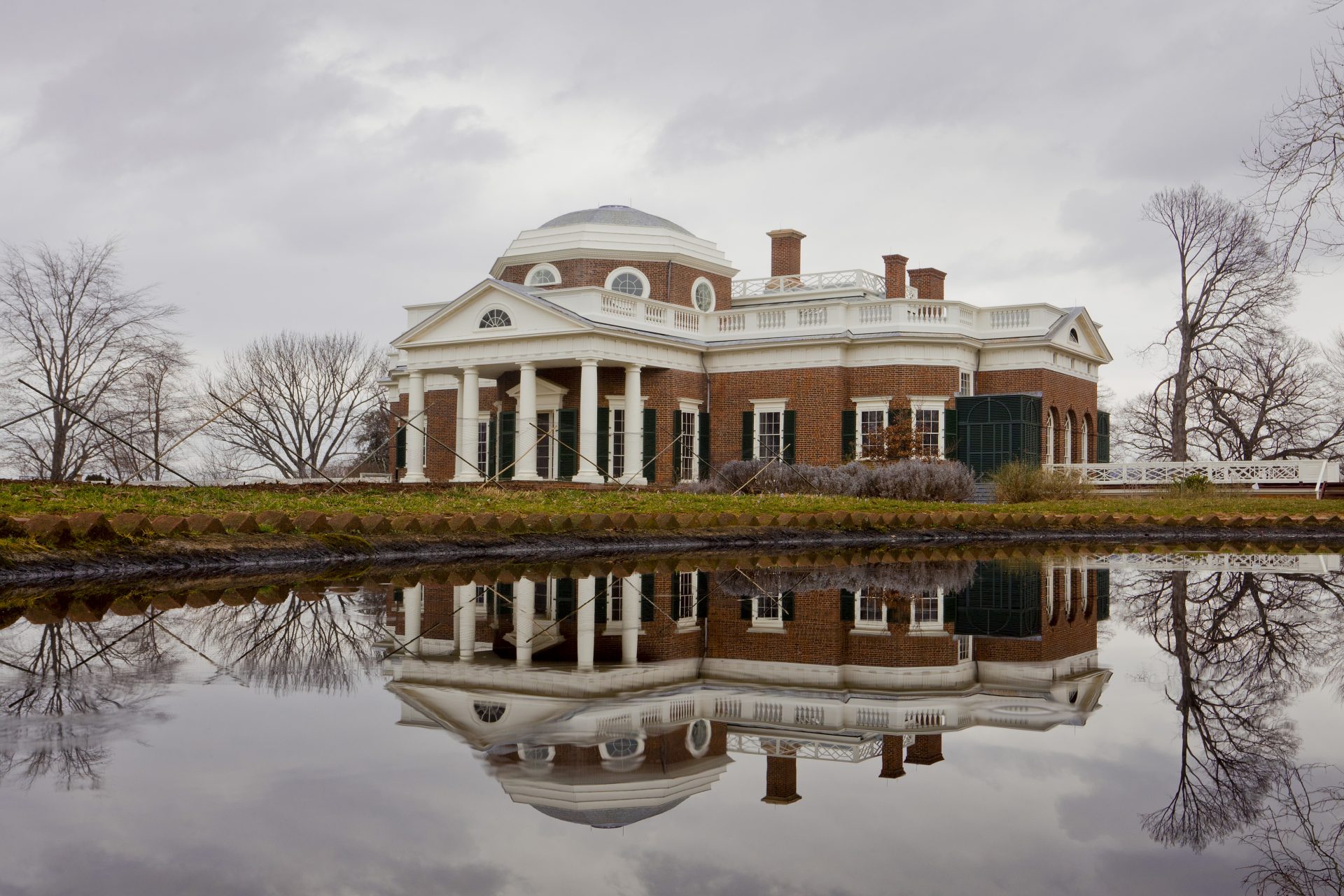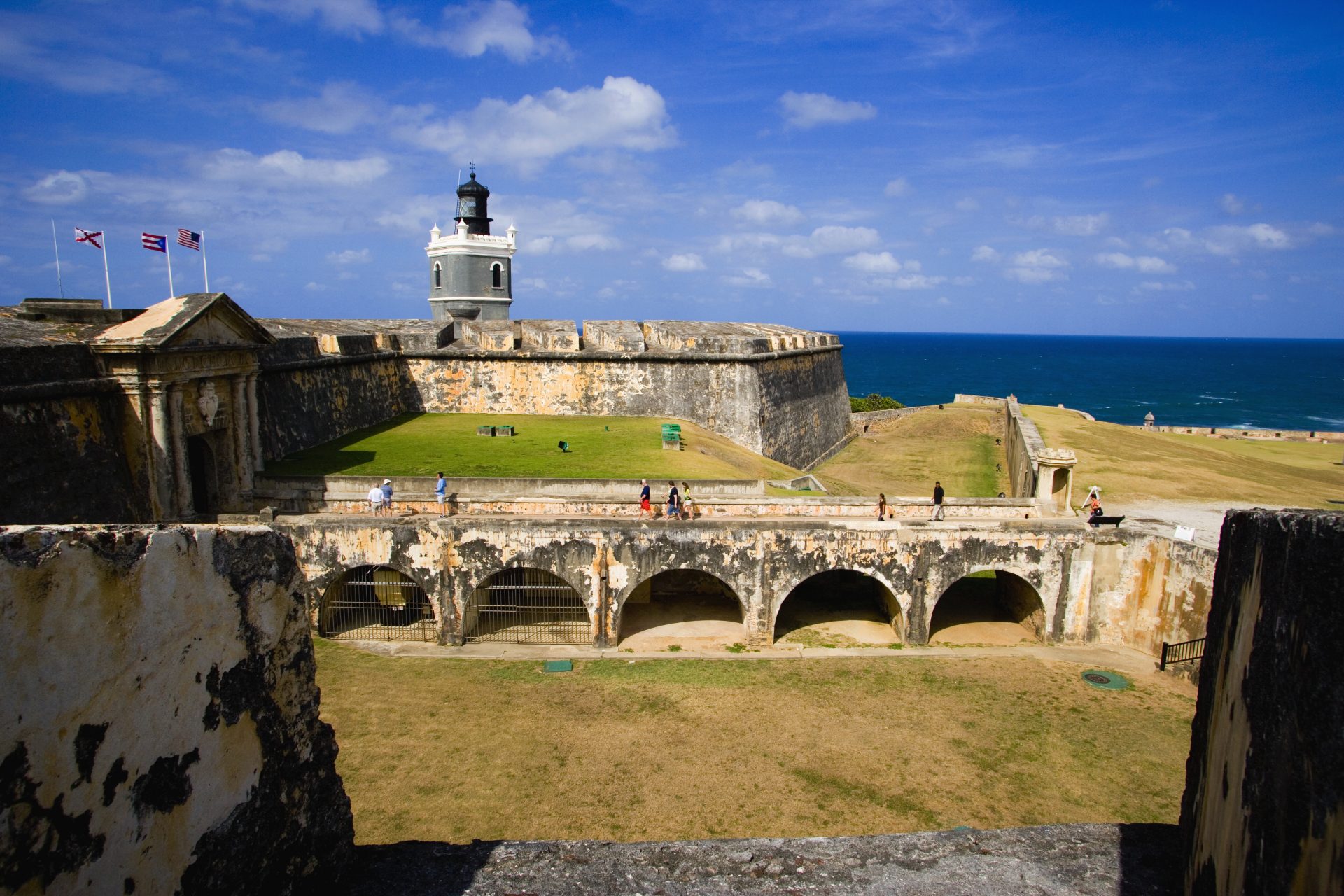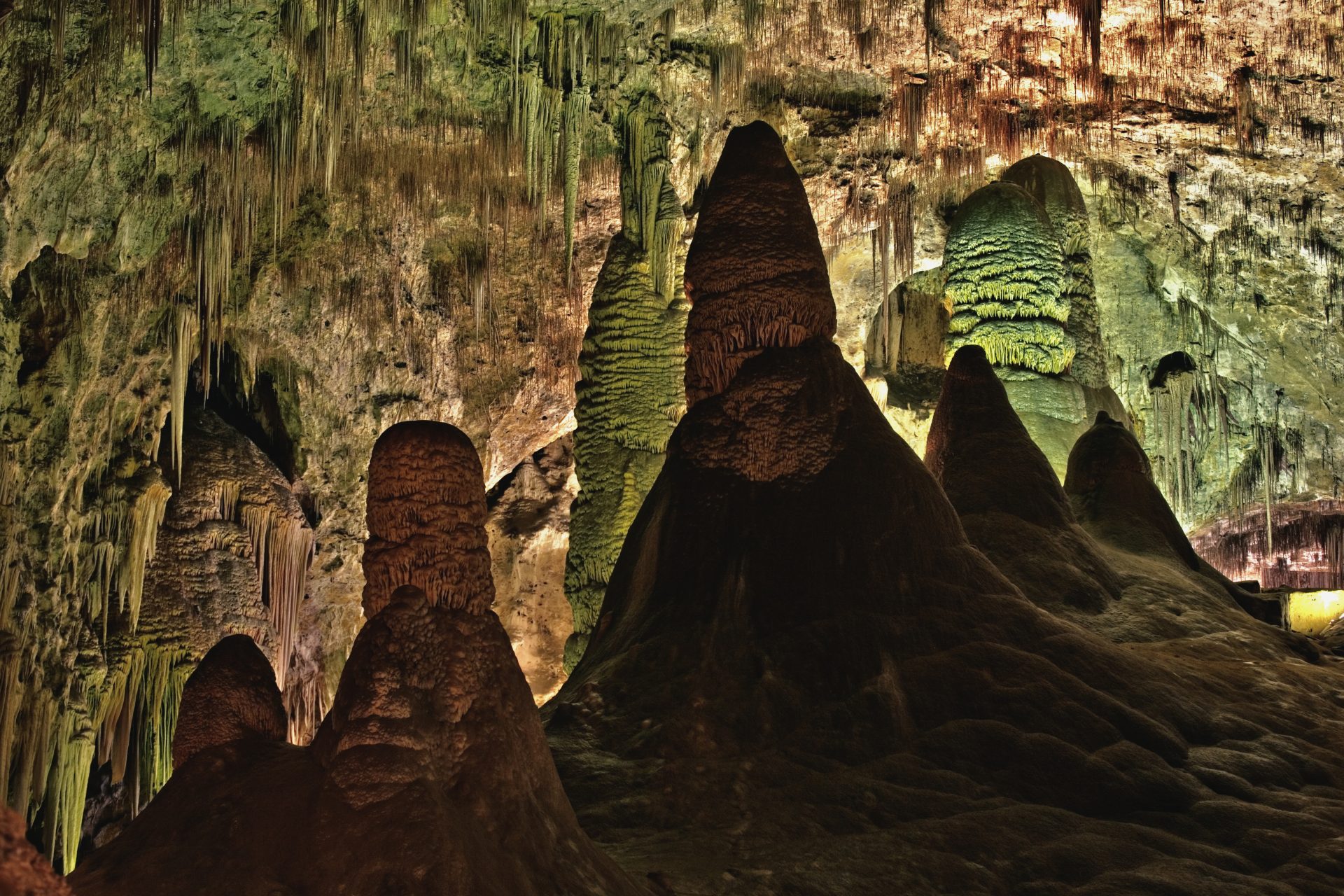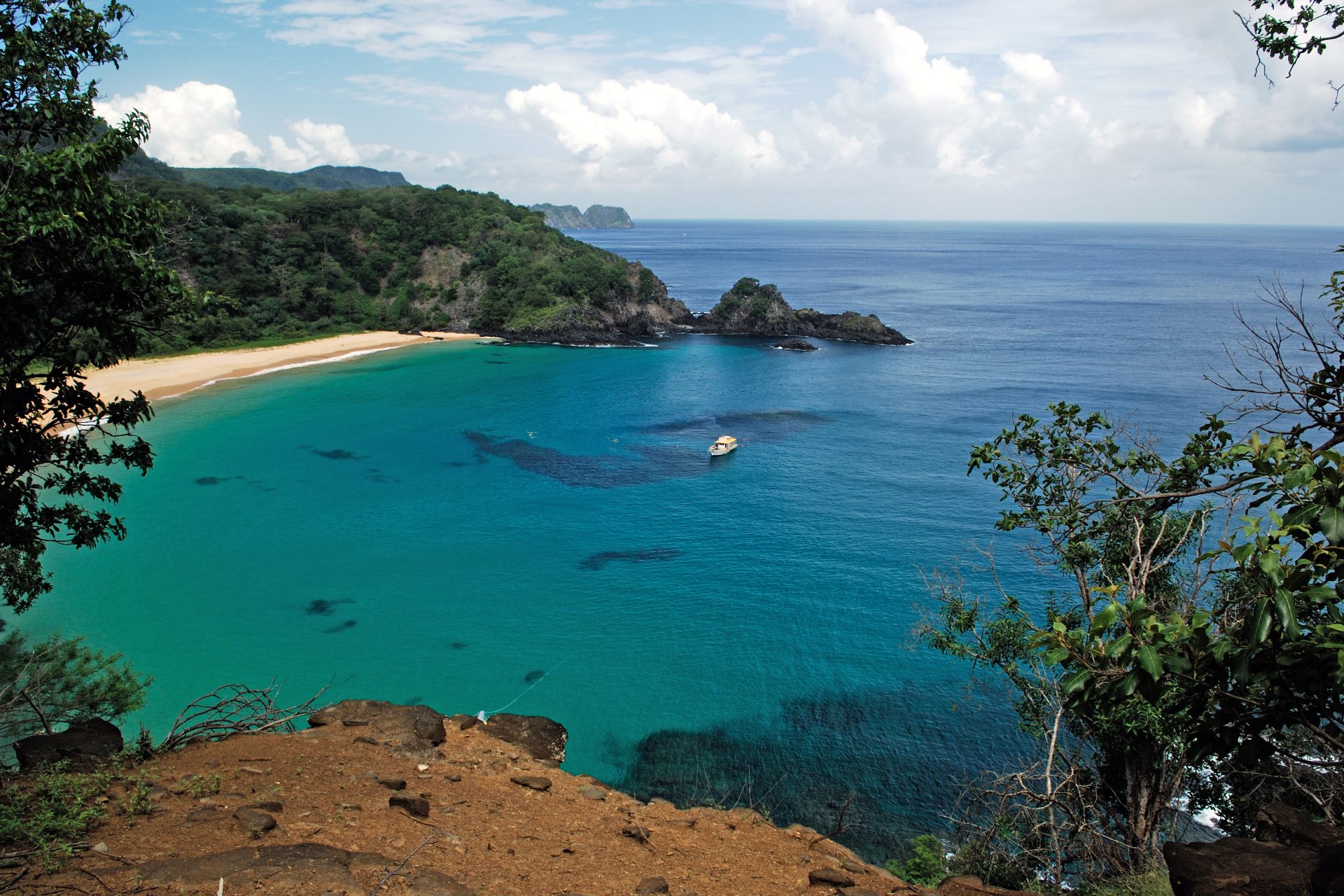The most iconic places in the United States, according to the UN
A unique way to explore the US is through its UNESCO World Heritage Sites, iconic landmarks that contain "cultural and natural heritage around the world considered to be of outstanding value to humanity". Dive into a journey where history, culture, and natural wonders converge, showcasing humanity's shared heritage.
The largest tropical wilderness of any kind in the US, this Florida park is known for its unique ecosystem and 36 threatened species. Established in 1934, to protect the quickly vanishing Everglades, it is home to species like Florida panthers and the West Indian manatee. However, UNESCO put “the river of grass” on the “In Danger” list in 1993-2007 due to hurricane damage and then again in 2010 due to continued degradation.
Follow Showbizz Daily to stay informed and enjoy more content!
This is the historic Philadelphia building where both the Declaration of Independence and the US Constitution were debated and adopted by America’s founding fathers. Completed in 1753, it served as the first capitol of both the United States and of the Province and later the Commonwealth of Pennsylvania.
Image: Miguel Ángel Sanz/Unsplash
Located in northwestern Arizona, this iconic canyon is often considered a wonder of the world for its vast red rock landscapes carved by the Colorado River. It is one of the most spectacular examples of erosion anywhere in the world and is located on the homeland of 11 indigenous tribes.
This site encompasses five frontier mission complexes in Texas, illustrating Spanish influence on indigenous culture. Built by Franciscan missionaries in the 18th century, it illustrates how Spain was trying to colonize and defend the northern frontier of New Spain. It also is an example of how the symbolism of Spanish and Coahuiltecan cultures were mixed.
This string of coastal parks in Northern California preserves the world's tallest trees. But it's more than majestic forests, encompassing spectacular marine life as well such as sea lions and the endangered brown pelican.
Located in Kentucky, this national park has the world’s longest-known cave system. Characteristic of limestone formations, it has more than 560 surveyed kilometers (347 miles) of passageways. It is also home to thousands of years of human history and 130 species of animals. It’s not just the caves that are spectacular, but also the protected terrain on top of them.
This is the oldest continuously inhabited community in the US and many of its homes were built between 1000 and 1450 AD. Near the modern city of Taos, New Mexico, it is considered a sacred place where life continues from the earliest human existence.
This ancestral Puebloan archaeological site in southwest Colorado offers a spectacular window into the past. The park projects some of the best-preserved Ancestral Puebloan archaeological sites in the US and is home to over a thousand species, several of which live nowhere else.
Encompassing nearly a million acres, the park protects a vast wilderness and thousands of years of human history. Located in the northwest of Washington States, it is known for its several distinct ecosystems ranging from old-growth forests, 70 miles of coastline, and glacier-capped mountains.
Around 13 kilometers (8 miles) northeast of St. Louis, Missouri, you can visit what was once home to the largest pre-Colombian settlement north of Mexico. In the years 800-1400, it was a huge space that was the center of a complex chiefdom society that had a population of as many as 20,000 people. Monks Mound is the largest prehistoric earthen construction in the Americas, containing an estimated 22 million cubic feet of earth.
Straddling the border between North Carolina and Tennessee, this striking landscape contains lush forests, flowers that bloom all year, and 130 species of trees — as many as are in all of Europe. The park also preserves multiple historical structures that were part of communities occupied by early European-American settlers of the area.
Eight buildings are included in this World Heritage listing designed by the pivitol American architect during the first half of the 20th century. They include designs like Fallingwater in Pennsylvania (shown) and the Guggenheim Museum in New York, and all reflect his 'organic archicture' that features open plans and the blurring of boundaries between inside and outside.
This joint U.S.-Canada site with glaciers and high peaks, contains the largest non-polar icefield in the world and examples of some of the world’s longest and most spectacular glaciers. This site straddling Canada’s Yukon, British Colombia, and Alaska is also home to grizzly bears, caribou, and Dall’s sheep.
Made in France, it was a gift to the US on the centenary of American independence. Inaugurated in 1886, this iconic statue stands as a symbol of freedom and democracy and has welcomed millions of migrants to America.
Located in the heart of California, this park vividly illustrates the glacial erosion of granite and has geological features that are unique to the world. It also has incredible natural beauty, including five of the world’s highest waterfalls, groves of giant sequoia, and a diversity of wildlife.
Pueblo people occupied much of the southwestern United States for more than 2,000 years. Chaco Canyon was a major center of that culture between 850 and 1250 and you can still visit its remarkable monumental buildings and see its distinctive architecture, including an ancient urban ceremonial center that is unlike anything ever discovered. Outside the Chaco Culture National Historical Park, there are other smaller sites.
Encompassing two active volcanoes, this national park showcases the processes of island-building and destruction. This park protects some of the most unique geological, biological, and cultural landscapes in the world and extends from sea level to 13,680 feet.
Thomas Jefferson, author of the American Declaration of Independence and third president of the US, was also a talented neoclassical architect. These sites in Charlottesville, Virginia symbolize the aspirations of America as an inheritor of European traditions with new ideas and ideals.
This park straddling Wyoming, Montana, and Idaho was the first national park in the world. It’s known for its wildlife like bears, unique features like the Old Faithful geyser, and the Grand Canyon of the Yellowstone. But did you know its geothermal areas contain about half the world’s active geysers?
This is a series of monumental earthen enclosures built beween 2,000 and 1,600 years ago along the Ohio River. This is the best surviving remains of the Hopewell culture, and the monuments alignments with the cycles of the Sun and the moon demonstrate the scale and complexity of this fascinating culture. These are also the largest known earthen enclosures in the world and was named a World Heritage Site in 2023.
In Puerto Rico, the World Heritage Site is a series of defensive structures built between the 16th and 20th centuries to protect the city and the Bay of San Juan. According to UNESCO, the site represents a “fine display” of European military architecture adapted to the American continent.
The more than 120 limestone caves are globally outstanding because of their size, origins, abundance, and the beauty of the decorative rock formations. Located in the state of New Mexico, this place is also special because it's one of the few places where ongoing geological processes are most apparent.
In 1932, two parks from Montana and the Canadian province of Alberta merged to create the world’s first international Peace Park. Besides the achievement of humanity, this large international park contains stunning scenery that is exceptionally rich in plant and mammal species as well as prairie, forest, and alpine and glacial features.
Created in 2006 and expanded in 2016, this is one of the world’s largest protected areas now encompassing ten islands and atolls of the Northwestern Hawaiian islands. The area has deep cosmological and traditional significance for living Native Hawaiian culture and contains both fascinating archeological remains as well as amazing natural features like coral reefs and lagoons.
Located in the lower Mississippi Valley on more than 400 acres, this is a series of earthen mounds and ridges overlooking the Mississippi River flood plain. It contains the remains of a complex and fascinating culture and archeologists suggest it was a settlement, trading center, and/or ceremonial complex. The society that built it formed a large trade network throughout much of the eastern United States.
Image: Jennifer R. Trotter, 2016, via Wikimedia





